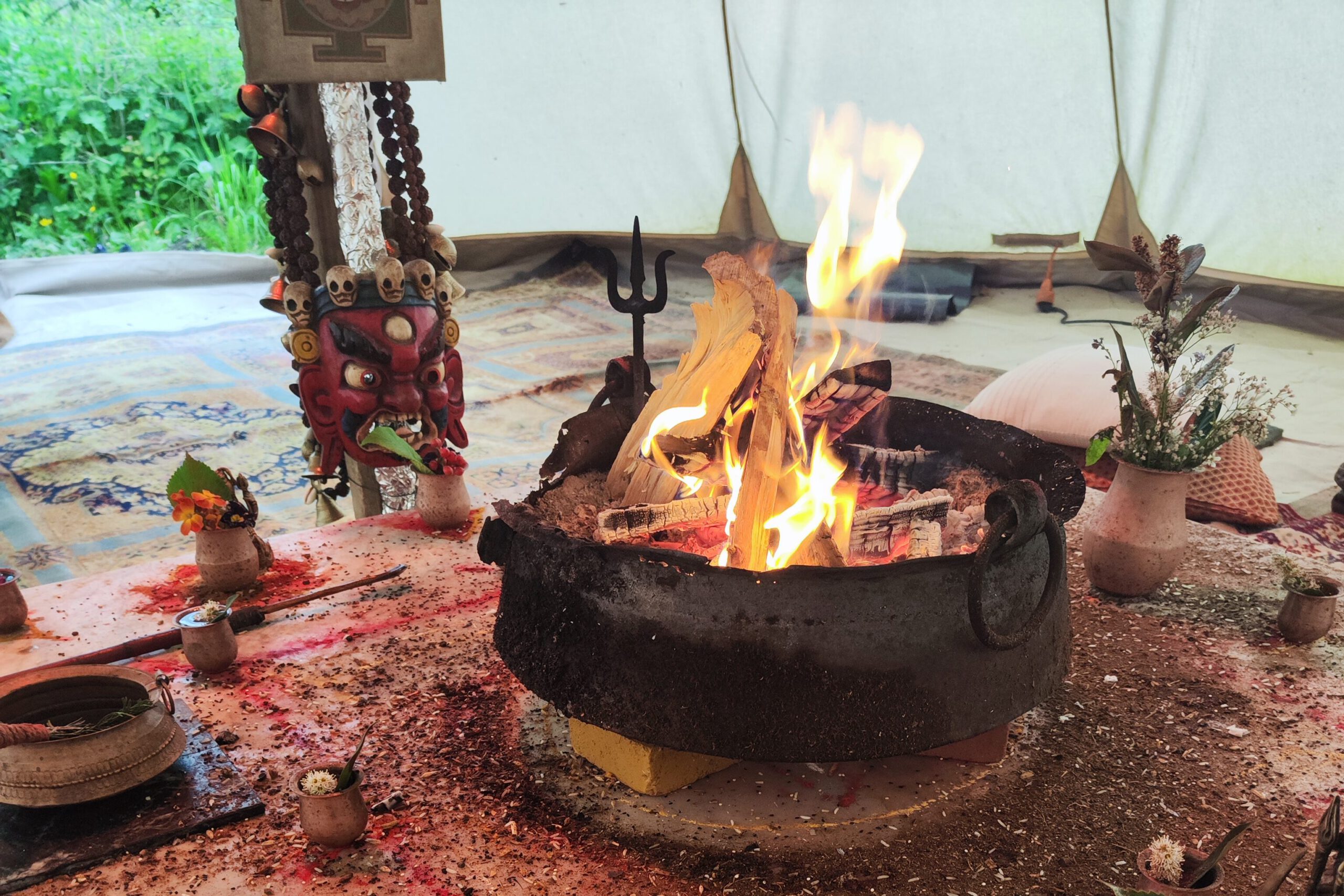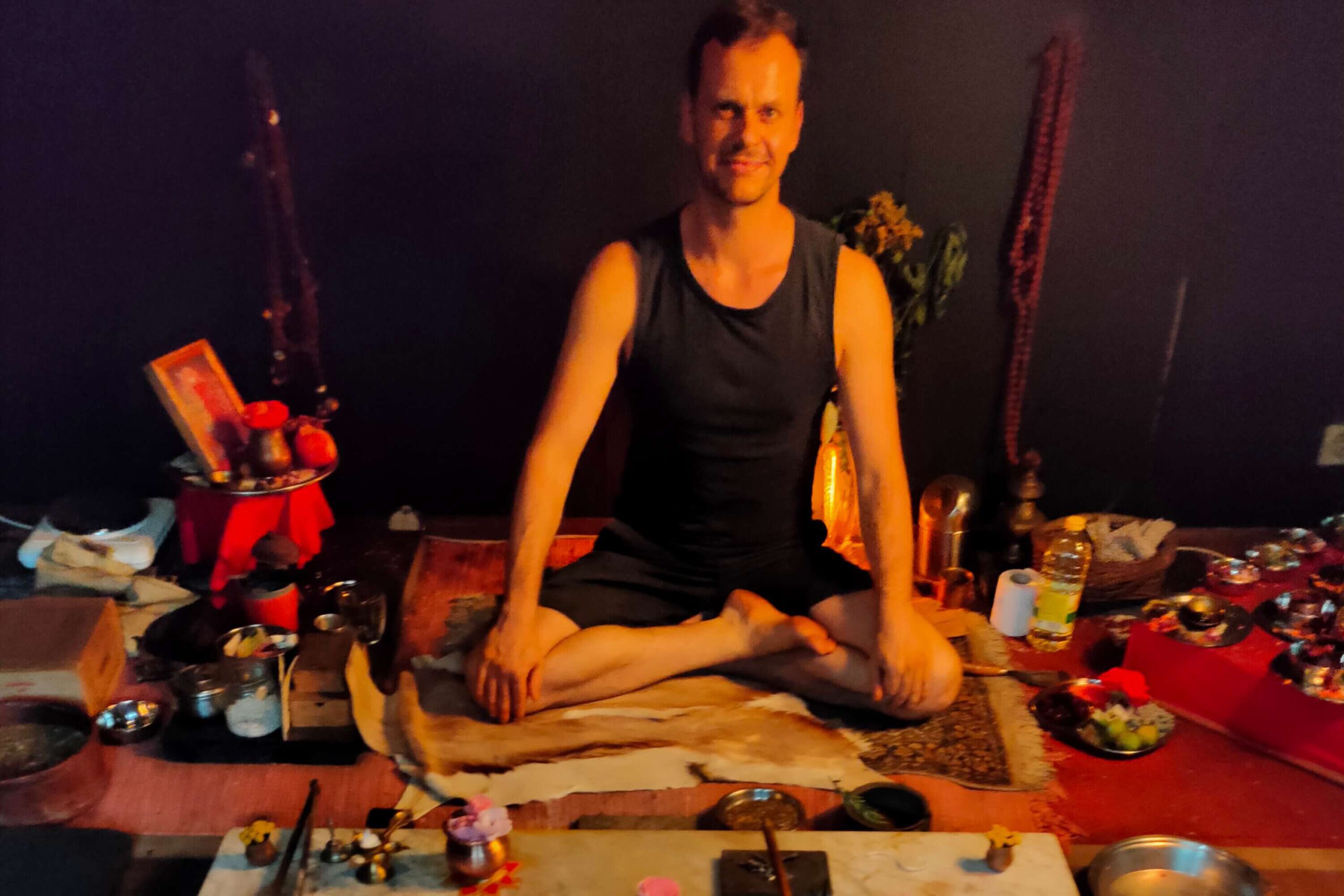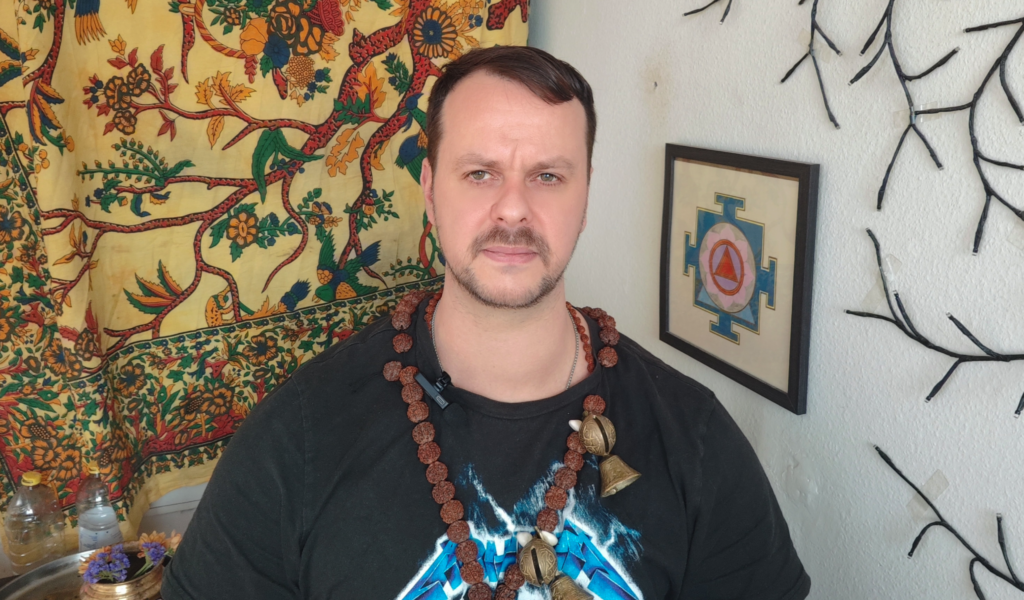What is a shamanic healer?
Namaste! My name is Sven Horn, and I am a shamanic healer. Shamanic healing is a deep and subtle process that works with spiritual energies to support transformation and well-being. Rather than focusing solely on the physical body, it addresses the energy body, pranic body, consciousness, subconscious, and soul—helping to release blockages that may be difficult to resolve through material methods alone.
These healing techniques operate on an energetic level, guided by the connection to helper energies from the spiritual world. They are not quick fixes or miracle cures but time-tested methods rooted in ancient wisdom, applied with precision and care.
My path to becoming a shamanic healer
I came to this practice unexpectedly, as I never considered myself a particularly spiritual person. That changed when my teacher, Peter Marchand from Belgium, performed a shamanic healing on me—an experience that left a profound and lasting impression.
My primary shamanic teacher is Kedar Upreti from Kathmandu, Nepal. He has granted me permission to practice healing in the tradition of his family. To deepen my knowledge and learn new techniques, I travel to Nepal once a year. My work is therefore rooted in the rich tradition of Nepalese shamanism.
Shamanic techniques and rituals
The shamanic art of healing encompasses a variety of methods designed to restore energetic balance and support healing processes. In the Nepalese tradition, both yogic and tantric techniques are integrated, reflecting the rich spiritual diversity of the region.
- Yogic techniques focus on fire ceremonies and the power of mantra.
- Tantric techniques involve working with Kundalini energy, deities, and sacred offerings.
The primary methods I use in my practice include:
- Mantra Healing
In the Nepalese tradition, certain mantras have been passed down for centuries, carrying powerful vibrations that reach deep into the subconscious and activate energetic processes. The combination of sound, energy, and intention makes mantra healing one of the most profound and transformative methods in shamanism. - Fire Ceremonies
Fire holds a sacred place in many shamanic traditions. It is used for energetic cleansing, empowerment rituals, and as a medium for offerings. In Nepal, fire ceremonies are deeply rooted in both tantric and yogic practices, specifically applied to purify and awaken Kundalini energy.

- Kundalini Energy
A key aspect of my work is the conscious channeling of Kundalini energy—a powerful force capable of triggering deep transformation. My teacher has entrusted me with a special mantra that allows me to activate my own Kundalini energy, using it to support healing processes. - Channeling Spiritual Healing Energies
In my tradition, working with deities and spiritual helper beings is an essential practice. Through channeling, a shamanic healer can direct healing energies to those in need. This work demands a strong connection to the spiritual world and a deep level of focus. Establishing and maintaining this connection is a fundamental requirement for practicing as a shamanic healer. - Offerings and Rituals
Beyond energetic techniques, offerings play an important role in shamanic work. Flowers, fruits, and other prana-rich objects are used in rituals or given to the fire as sacred offerings. Rituals often follow precise guidelines to ensure a steady and focused energy flow, serving as a means of communication with the spiritual world.
Shamanic healing from Nepal
Shamanism refers to the deep, comprehensive connection to numerous spiritual energies and knowledge in areas such as herbalism, Ayurveda and rituals. Shamanic healing, on the other hand, focuses primarily on the targeted application of healing techniques and the connection to the spiritual world.
As a shaman in the Nepalese tradition, I work with mantras, rituals and spiritual energies to initiate healing processes. My knowledge is not as extensive in Ayurevda and healing, but my connection to spiritual healing energies enables me to perform effective healings. This connection is the foundation of being a shaman.
The everyday life of a shamanic healer

My daily practice extends beyond healing work—it also involves nurturing my own spiritual connection. This includes meditating with my personal mantra to cleanse and stabilize my energy.
Although I practice as a shamanic healer, I lead a normal life. My tradition imposes no rigid dogmas or restrictive rules. The tantric approach encourages a balanced life, free from artificial prohibitions or excessive asceticism, while the yogic aspect emphasizes discipline and continuous practice. For me, these two paths complement each other perfectly, as I meditate with the same mantra that I use for healing.
If you would like to experience a shamanic healing, feel free to reach out to me anytime.
NAMASTE
